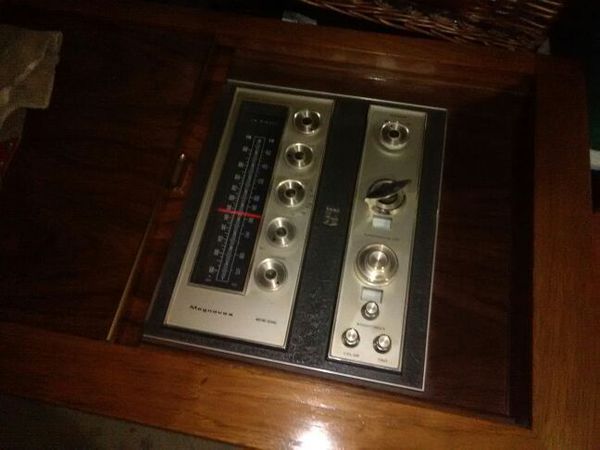

These signals are then sent on the the amplifiers and the speakers. In the cartridge, the vibrations hit coils inside a magnetic field, which transforms them into electrical signals. The vibrations from the stylus riding the grooves travel through wires in the tone arm until they reach the cartridge. The cartridge is responsible for translating the grooves of the record that the stylus reads into the actual sounds you hear. Unless you are a DJ, you’ll probably want a curved one.

DJs generally prefer a straight tone arm, because it makes it easier to scratch, but many people claim that a curved tone arm gives you better sound. Some tone arms are straight, while others are curved or S-shaped. The tone arm holds the stylus and connects it to the record player housing. The tone arm and the cartridge work in tandem. The flexibility between these two components allows the stylus to move up and down within the grooves of the record. The stylus is connected to the tone arm using a flexible strip of metal. A spherical styles does not get the same sound quality, but it is more sensitive. The former is able to get more contact with the record groove with leads to a more faithful reproduction of the sound. Generally, you can expect to get from 1000 to 2500 hours of use out of a single stylus.Ī stylus takes one of two shapes: elliptical or spherical. No matter what material it is made from, every stylus needs to be replaced after a while. Some manufacturers prefer sapphires, which are still hard enough to avoid damage from scratches in the vinyl. They use diamond, because it is the hardest natural material. Most stylus manufacturers fashion them from diamond and form them into a cone shape. It is the needle that rests on the record and runs in the grooves while playing. You’re probably familiar with the stylus from classic movies. Head here for help with turntable repair. This often results in a turntable that spins too fast, which distorts the sound. It is a component that suffers a lot of issues, most commonly a slipped belt, which means the turntable won’t spin correctly anymore. It is fairly certain that something will eventually go wrong with the turntable. Quality direct drive players are more expensive. It is favored by DJs, because of a stronger motor and pitch control sliders. There are two main types of systems: belt drive and direct drive.Ī belt drive system generally gives you better sound quality, since the elastometric belt absorbs vibrations and other low frequency interference, which reduces noise coming from the motor.Ī direct drive system does not use intermediary gears, belts and wheels. The turntable drive system controls the rotation. Their weight also makes for better balance. Not only are they more stable, they are heavy enough to reduce vibration. This means that any slight instability in the motor speed will have an effect on playback.Īluminum plates are a better solution. Most entry-level turntables use steel plates, because they are more affordable. They are light and cheap to produce, but they have a low inertia. Some plates are made from rubber themselves. In the center, a metal rod holds the record in place while it spins. Most turntable plates are made of metal or plastic and then covered with a rubber mat to protect the record from being scratched. Se our article comparing a record player vs turntable for more. “Record player” refers to the overall device that houses all of the components, including the turntable. Technically, “turntable” only refers to the part of the record player where the record sits. Most people use the terms “turntable” and “record player” interchangeably, but they are not the same. We won’t go into extreme detail, but we’ll try to give you a basic understanding of how your turntable record player and its main parts function. We’ll break down every record player part and tell you exactly how it works. If they are not, you will need to get an external preamp or amp, or a receiver or mixer that has them built in. These are the six major parts of a record player, although the final two are not included in many models. Parts Of A Turntable Record Player: The Six Major Components 2 Components Of A Record Player: Final Thoughts.1 Parts Of A Turntable Record Player: The Six Major Components.


 0 kommentar(er)
0 kommentar(er)
